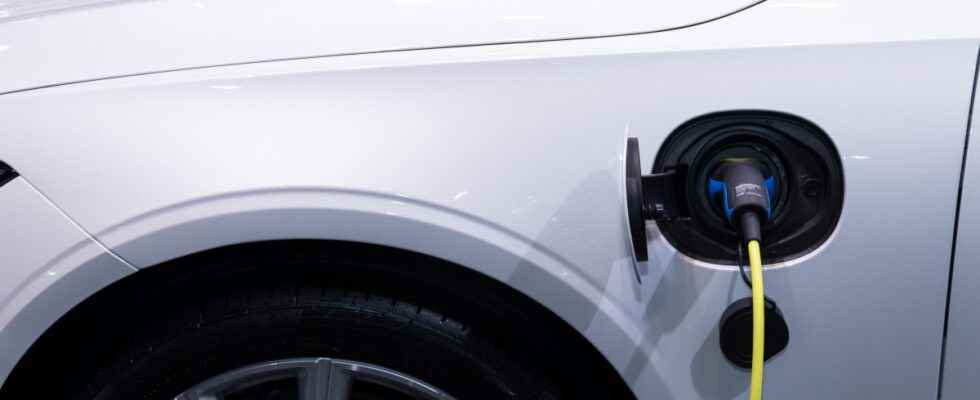Electricity prices, which have reached record levels on the wholesale markets, will increase in 2023, affecting de facto electric car charging.
As the Minister of Economy, Finance and Industrial and Digital Sovereignty Bruno Le Maire stated a few days ago, the rise in electricity prices, which is and will be a reality, will be contained next year. If the end of the price shield becomes clear, the increase should not take place before next February, with, in the meantime, a cap of 4% well maintained until the end of 2022. Owners of electric cars will also soon pay more for charging their vehicle.
Soaring prices on wholesale markets
Wholesale electricity prices continue to soar. In recent days, a record has even been broken on the wholesale markets, with suppliers sourcing more than 1,000 euros per megawatt hour for 2023. Imagine that a year ago this tariff was only from 85 euros. We therefore understand how difficult it is becoming for the government to support and further maintain its tariff shield. In addition, Bruno Le Maire said that the contained increases expected for 2023 would concern both electricity and gas.
Some specialists evoke an increase in electricity which could reach 20 to 40% in the coming months, while ensuring that the government could not, to preserve French households, follow these increases. Hence the mention of the so-called contained increase, which could still reach 10 to 20%.
Charging your electric vehicle will unfortunately not be exempt from the increases associated with the price of electricity, insofar as you plug the car into your home.
Faced with the expected sharp rise in prices, suppliers are showing imagination
As increases are therefore inevitable, the question remains as to how to mitigate them. The most modest households will benefit from energy vouchers which will help pay their bills. Businesses could be offered simplified access to a fund endowed with 3 billion euros, open to them in the event that they have difficulty paying their electricity bills.
EDF is also in the process of launching the Tempo option, qualified as a demand response option by the company. Basically, this option offers three rates:
- a blue rate, 300 days a year to benefit from electricity at the cheapest rate;
- a white tariff, 43 days a year, excluding Sundays;
- a red tariff, corresponding to 22 days per year, arranged between 1er November and March 31, with a much higher kWh price during peak consumption periods.
This formula is only one example among all the solutions studied by electricity suppliers, to encourage the French to consume less and to take more advantage of off-peak days/hours. The electric car, supposed to be stationary at night, could finally find its place during your off-peak hours, to limit the impact of the increase in electricity on your final bill. It remains to be seen what will also be the evolution of prices from public charging stations which are not limited by the government.
Source : Capital
Despite the rapid development of technologies, autonomy is still one of the cornerstones for buyers of electric cars, who fear running out of fuel. To reassure motorists, manufacturers make it a strong communication argument. And some values break the ceiling. Here is our ranking.
Read more

23